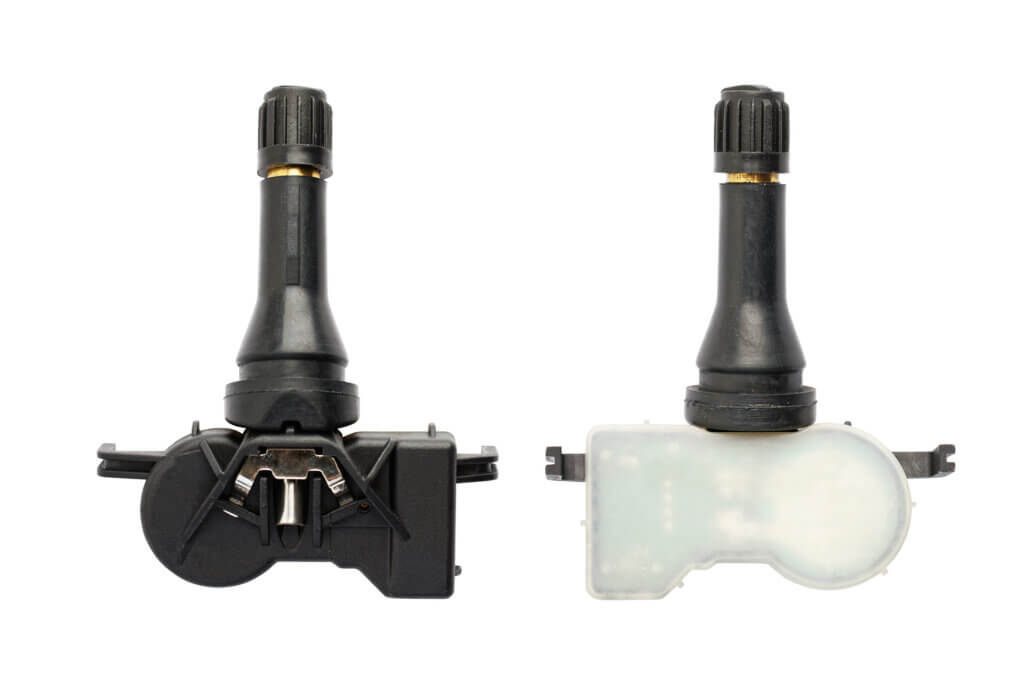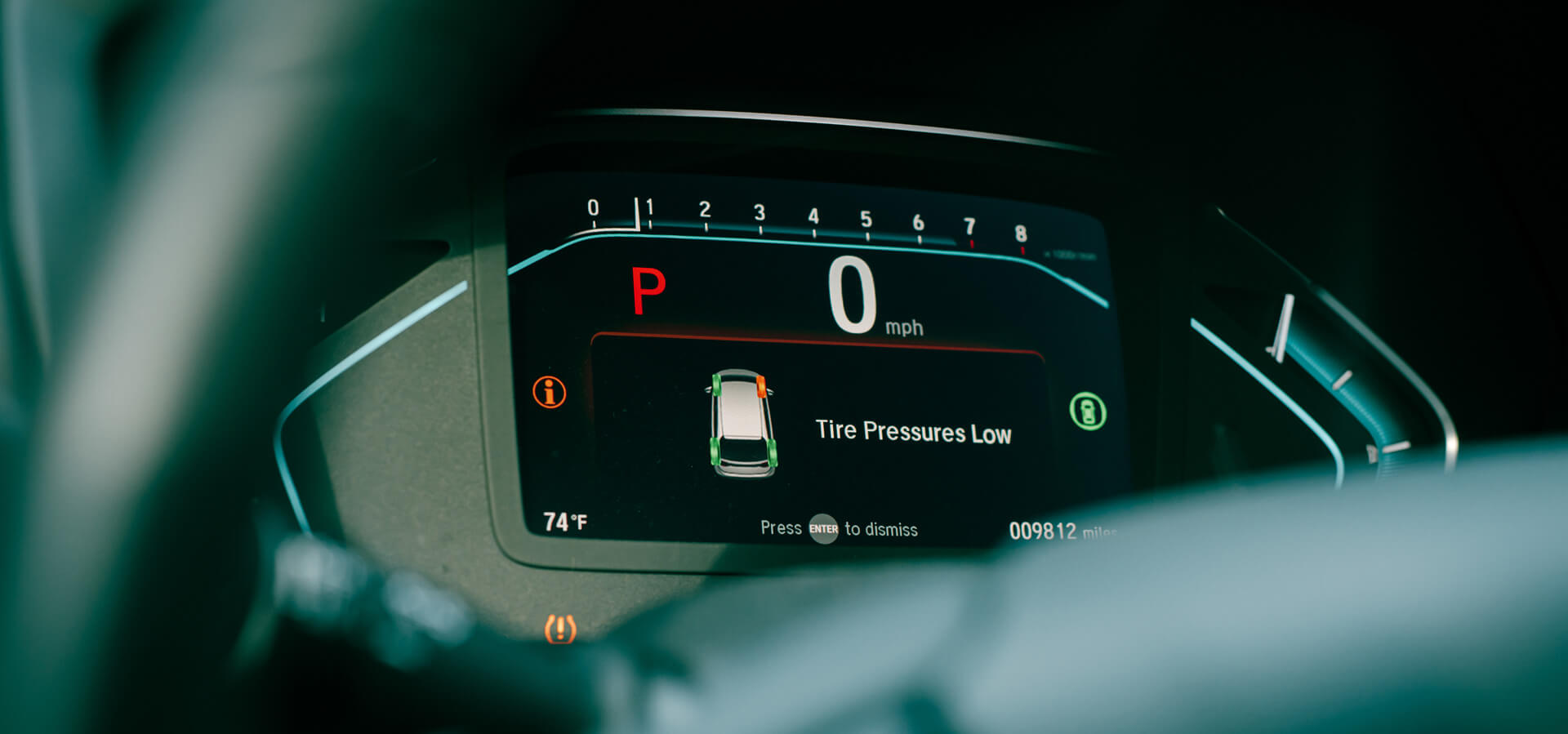When your Tire Pressure Monitoring System (TPMS) isn’t working properly, it’s more than just an annoying light on your dash—it’s a sign your vehicle might not be running as safely or efficiently as it should. At Grease Pro, our TPMS sensor replacement and reset services help get to the root of the problem, whether it’s a sensor that needs replacing, a reset that won’t stick, or another underlying issue. With convenient locations in Panama City, Panama City Beach, Lynn Haven, and Chipley, our team is here to help you get back on the road with confidence.


While it’s a small part of your car, TPMS sensors make a big impact on your safety, tire lifespan, and fuel economy. When the system works right, it can help prevent everything from flat tires to blowouts. But when your TPMS doesn’t function properly, it loses its purpose—and that’s where we come in.
Wondering what it means when your TPMS light is on? Our blog breaks down the most common reasons and what to do next.
When your TPMS light stays on even after adjusting your tire pressure, there’s usually more going on under the surface. At Grease Pro, we offer full TPMS service and diagnostics to pinpoint the issue and fix it fast. Here’s what we commonly see:
We don’t just clear warning lights—we figure out why they’re on and fix the root cause.

In some cases, a tire pressure system just needs to be recalibrated—not replaced. Many systems require a reset after changes in tire pressure, tire rotation, or seasonal shifts. This is where a TPMS programming tool comes in. It allows us to resync your vehicle’s onboard computer with the tire sensors so everything works the way it should.
But sometimes, it’s not a calibration issue, it’s a sensor problem. If a TPMS sensor battery has died or the sensor itself has failed, no amount of resetting will fix it. That’s when it’s time for a TPMS sensor replacement.
We’ll test the system, identify the problem, and handle the repair quickly and accurately.
Most TPMS sensors last between 5 and 10 years, depending on your driving habits, environment, and the type of sensor your vehicle uses. The most common reason for failure is battery life. Since the batteries are built into the sensors and aren’t replaceable, the whole sensor needs to be swapped out once it stops working.
The cost of TPMS sensor replacement can vary based on your vehicle’s make and model, how many sensors need to be replaced, and the type of sensor required. While it’s tempting to search for quick tire sensor replacement costs online, pricing can be misleading if you’re not sure which sensor your vehicle needs.
At Grease Pro, we’ll match your vehicle with the right part based on diagnostic results—so you’re only replacing what actually needs attention.
Some TPMS issues are simple—others require deeper diagnostics. When the usual fixes don’t work, our trained technicians take it a step further.
At Grease Pro, we use professional-grade diagnostic tools that plug into your vehicle’s system and get real-time data from the TPMS. These tools allow us to check each sensor’s ID, battery life, and signal strength, and identify any communication issues with the vehicle’s control module.
We also use TPMS programming tools to activate sensors, confirm signal transmission, and reprogram or sync new sensors as needed. If the problem is just a calibration issue, we can reset the system to restore proper function. If a sensor has failed, we’ll install and program a replacement specific to your vehicle’s make and model.
With more than 30 years of experience and trained technicians at every location, we can quickly zero in on the issue and get you safely back on the road.
Schedule Your TPMS repair service or stop by!
If you’re searching for TPMS repair near you, Grease Pro has you covered across Bay County and beyond. Our team offers fast, expert TPMS diagnostics and repairs in:
With convenient locations throughout the area, there’s always a Grease Pro nearby. Whether it’s a sensor reset, replacement, or something in between, we’re ready to help whenever you need it—no appointment necessary.
Whether you’re dealing with a stubborn warning light or just want peace of mind, our team is here to help. No appointment is needed—just swing by your nearest Grease Pro location when it’s convenient.
Prefer to plan ahead?
Submit a service request online and we’ll follow up to confirm a time that works for you.
TPMS stands for Tire Pressure Monitoring System. It’s a safety system that monitors the air pressure within your vehicle’s tires and alerts you if it falls outside the recommended range.
The tire pressure sensor is typically located inside the tire, attached to the valve stem or wheel rim. Its location allows it to directly measure the pressure inside the tire and send this information to the vehicle’s computer system.
Replacing tire pressure sensors involves removing the tire from the wheel to access the sensor, usually mounted on the wheel’s inside. Once the old sensor is removed, the new one is installed and properly sealed. It’s a delicate process and might require special tools and expertise, so it is often best handled by a professional mechanic. If you need assistance with this, the mechanics at Grease Pro are here to help. Schedule your service today!
TPMS sensors work by continually measuring the air pressure inside each tire. If the pressure falls below or rises above a specified range, the sensor sends a signal to the vehicle’s computer, which then triggers a warning light on the dashboard, alerting the driver to the issue.
If your TPMS sensor is bad, you might notice inconsistent or incorrect tire pressure readings, or the TPMS warning light might remain illuminated even after adjusting the tire pressure. Sometimes, a diagnostic tool is needed to confirm that the sensor itself is the problem.
A TPMS light is triggered when the system detects a tire pressure that is too low or too high based on the manufacturer’s specifications. Other factors such as a malfunctioning sensor or issues with the TPMS system itself can also cause the light to come on.
Driving with the TPMS light on isn’t generally dangerous for a short distance, but it indicates an issue with your tire pressure or the TPMS system itself. It’s wise to check the tire pressure or seek professional assistance as soon as possible to avoid potential tire damage or unsafe driving conditions.
Some basic TPMS systems might not differentiate between the tires, only notifying the driver that one of them is outside the acceptable pressure range. More advanced systems may use individual sensors and corresponding software to recognize the specific location of each tire, enabling the system to identify which tire is experiencing the pressure issue.
With 12 locations, there's always one close by to service your TPMS Reset & Sensor Replacement in Panama City, FL needs.
BROWSE ALL LOCATIONS +